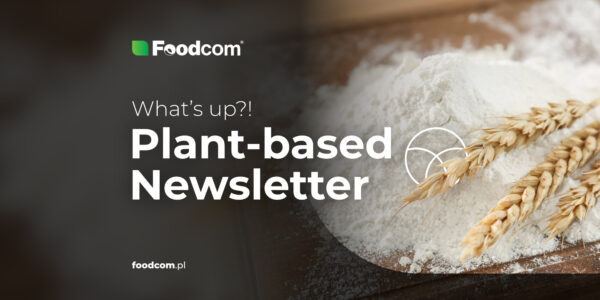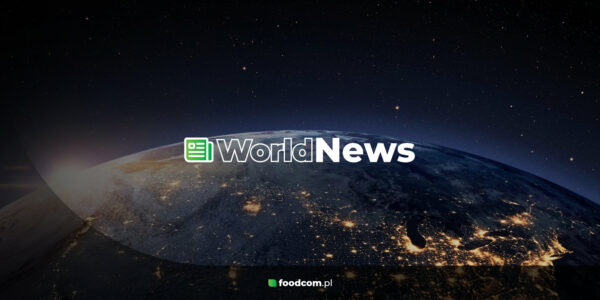Hello Partners!
Welcome back to our Newsletter!
This week, despite facing market challenges, the dairy industry not only endured but also prospered! As we delve into different facets of milk production, trade talks and auction results, be prepared – there are even brighter days ahead!
Let’s take a look at what else is happening in the dairy market!
Hottest Products of the Week
SMP
The Skimmed Milk Powder (SMP) market is currently experiencing unusual price dynamics. Despite strong sales in the European Union, there is noticeable price pressure, and market transactions are occurring at lower levels than before.
Butter
A further fall in Butter prices was reported this week, with prices currently fluctuating within around 5300 EUR/tonne. Negotiations with Retail Discounters In Germany have begun. The market is waiting for the results of these negotiations.
Cheese
In the market for cheeses such as Edam and Gouda, prices are currently stable. So are Mozzarella and Cagliata, showing a slight downward trend. We expect a slight price correction in the coming weeks.
Milk
Milk market prices remain stable, yet there’s a disparity in production: In most countries, we observe a higher milk intake, but in a few countries, the level has remained unchanged.
Cream
The market for Cream has shown a clear downward trend this week. Starting from a higher position, the market has adjusted and settled at a level slightly above that of the previous week.
What Else?
Ukraine is facing record high raw milk prices due to declining production, with prices set to rise by 36% in the second half of 2023. Farm-gate prices rose from 33 to 42 EUR/100 kg. This has made Ukrainian dairy products less competitive in Europe, with prices recently reaching as high as 50 EUR/100 kg. Experts are concerned about the sustainability of the dairy industry and some believe that government intervention may be necessary. Ukrainian dairy farms are now very profitable at 30-60%.
The United States has made significant sustainability gains in its dairy industry. Between 2008 and 2017, the sector has managed to reduce water consumption by 30%, reduce land use by 21% and reduce its carbon footprint by 19% for the same amount of milk.
The Russian dairy industry faces turbulence in 2024 due to declining domestic demand and challenges in international trade. Russian consumers are buying fewer dairy products, with per capita consumption at half the recommended level in 2023.







